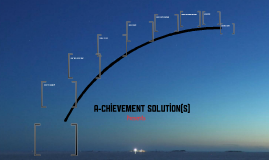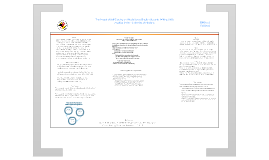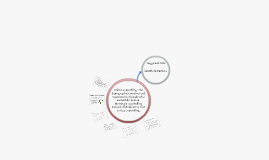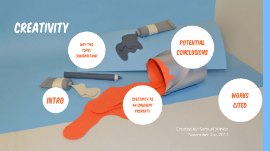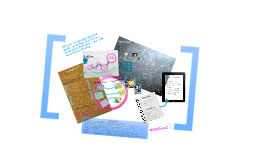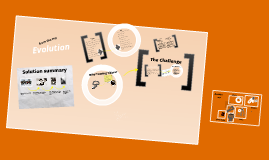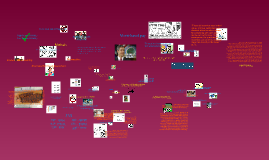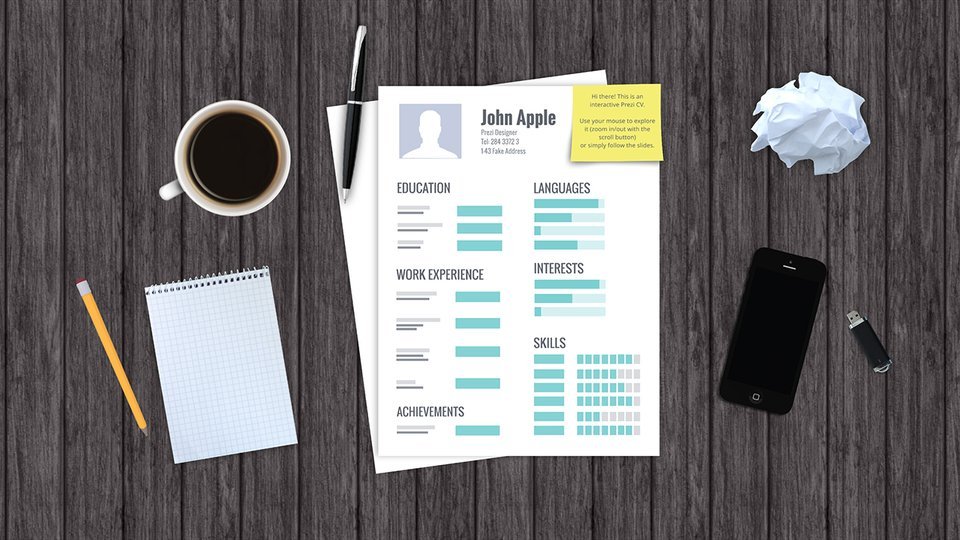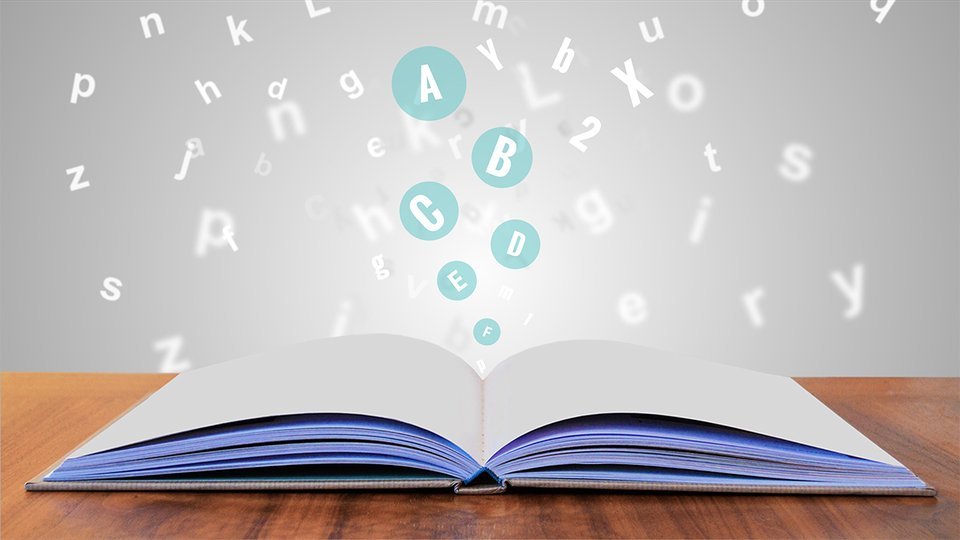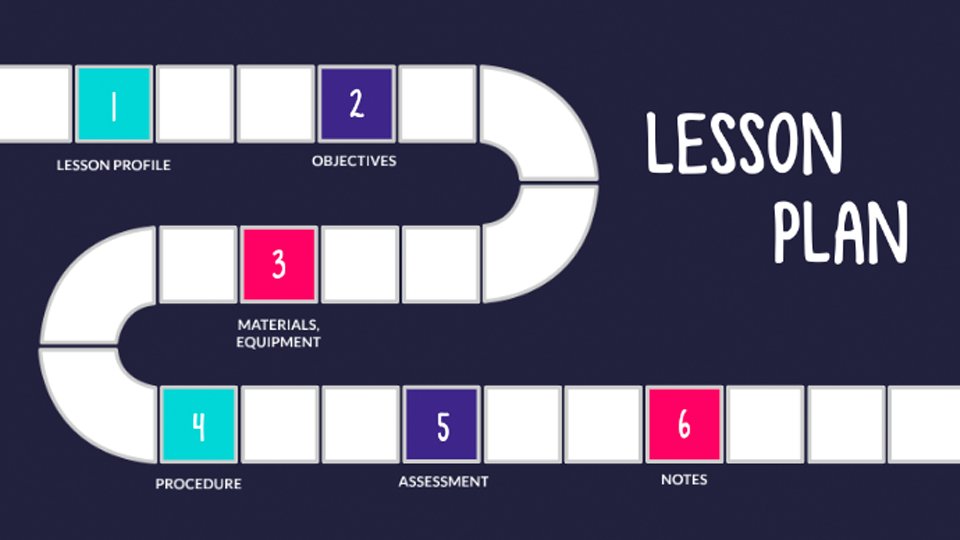Research Proposal Presentation
Transcript: Effects of Obesity-Related Media on Eating Behaviors, Body Dissatisfaction, and Thin Ideal Internailzation Specific Aims 72% of images depicting obese people were negative heads cut out of photos shown eating/drinking less likely to be shown fully clothed less likely to be wearing professional clothing neutral news + flattering/unstereotypical or unflattering/stereotypical image of obese person participants in ALL conditions exhibited moderate fat phobia participants who viewed unflattering/stereotypical images expressed significantly more negative attitudes than those in other condition so... obesity-related media = fat phobia but... will this fat phobia lead to disordered eating? repeat initial measures a.Anschutz, D., Engels, R, & Van Strien, T. (2008). Susceptibility for thin ideal media and eating styles. Body Image, 5, 70-79. doi:10.1016/j.bodyim.2007.06.008 b.Crowne, D. P., & Marlowe, D. (1960). A new scale of social desirability independent of psychopathology. Journal of Consulting Psychology, 24, 349-354. c.Darby, A., Hay, P., Mond, J., Quirk, F., Buttner, P., & Kennedy, L. (2009). The rising prevalence of comorbid obesity and eating disorder behaviors from 1995 to 2005. International Journal of Eating Disorders, 42, 104-108. d.Derenne, J., & Beresin, E. (2006). Body image, media, and eating disorders. Academic Psychiatry, 30, 257-261. doi:10.1176/appi.ap.30.3.257 e.Fairburn, C., Cooper, Z., Doll, H., & Davies, B. (2005). Identifying dieters who will develop an eating disorder: A prospective, population-based study". The American Journal of Psychiatry, 162, 224955. doi:10.1176/appi.ajp.162.12.2249. f.Holmes, B. (2009). Media coverage of Canada's obesity epidemic: Illustrating the subtleties of surveillance medicine. Critical Public Health, 19, 223-233. doi:10.1080/09581590802478048g.Heuer, C., McClure, K., & Puhl, R. (2011). Obesity stigma in online news: A visual content analysis. Journal of Helath Communication, 16, 976-987. Doi: 10/1080/10810730.2011.561915. h.Levine, M., & Murnen, S. (2009). 'Everybody knows that mass media are/are not [pick one] a cause of eating disorders': A critical review of evidence for a causal link between media, negative body image, and disordered eating in females. Journal of Social and Clinical Psychology, 28, 9-42. doi:10.1521/jscp.2009.28.1.9 i.Loeb, K., Wilson, G. T., Gilbert, J., & Labouvie, E. (2000). Guided and unguided self-help for binge eating. Behavior Research and Therapy, 38, 259-272). j.McClure, K., Puhl, R., & Heuer, C. (2011). Obesity in the news: Do photographic images of obese persons influence antifat attitudes? Journal of Health Communication, 16, 359-371. doi:10.1080/10810730.2010.535108 k.Morley, B., Wakefield, M., Dunlop, S., & Hill, D. (2009). Impact of a mass media campaign linking abdominal obesity and cancer: A natural exposure evaluation. Health Education Research, 24, 1069-1079. doi:10.1093/her/cyp034 l.Paxton, S., Eisenberg, M., & Neumark-Sztainer, D. (2006). Prospective predictors of body dissatisfaction in adolescent girls and boys: A five year longitudinal study. Developmental Psychology, 42, 888-899. doi 10.1037/0012-1649.42.5.888. m.Rich, E. (2011). ‘I see her being obesed!’: Public pedagogy, reality media and the obesity crisis. Health: An Interdisciplinary Journal for the Social Study of Health, Illness and Medicine, 15, 3-21. doi:10.1177/1363459309358127 n.Stice, E., & Bearman, S. K. (2001). Body-image and eating disturbances prospectively predict increases in depressive symptoms in adolescent girls: A growth curve analysis. Developmental Psychology, 37, 597-607. o.Stice, E. & Shaw, H. (2002). Role of body dissatisfaction in the onset and maintenance of eating pathology: A synthesis of research findings. Journal of Psychometric Research, 53, 985-993. [antifat attitudes] McClure, Puhl, & Heuer, 2011 To identify individuals most at-risk for negative impact but... what about media related to the "obesity epidemic"? Specific Aim #2 1. negative effects References problem-focused Heuer, McClure, & Puhl, 2011 high risk for negative impact healthful & unhealthful eating Problem-focused media three Methods + high risk for ED Hypotheses The eating behaivors of viewers Initial Measures (cc) photo by jimmyharris on Flickr 2 1 strengths (cc) image by anemoneprojectors on Flickr To determine whether problem-focused articles have different effects on viewers than solution-focused articles Strengths & Limitations viewing obesity-related media= control Week 1: video 2 one Specific Aims 5+7= 1 Future Directions (cc) image by anemoneprojectors on Flickr Body dissatisfaction (cc) photo by Metro Centric on Flickr Week 2: questions? + solution-focused Specific Aim #1 parental involvement in education Background Outline 3. Methods 1 two (cc) photo by Metro Centric on Flickr [obesity stigmatization] Hypothesis #3 Type of Media Solution-focused Media 2. 4. Future Directions Hypothesis #1 Groups Hypothesis #2 meal skipping loss of control extreme calorie






